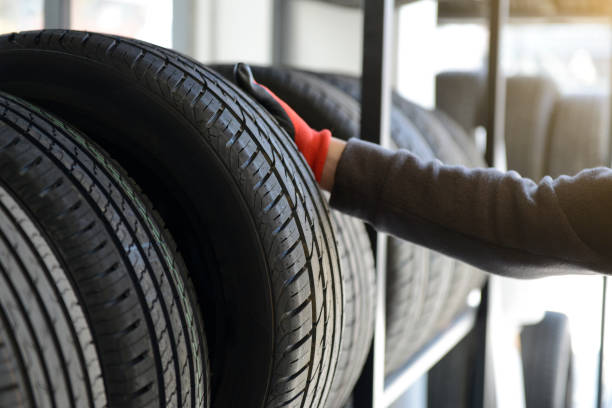Vacuum trucks, also known as vacuum tankers, are versatile vehicles used in a variety of industries to perform essential tasks. In this article, we’ll delve into the world of vacuum trucks, exploring their uses, actions, functions, and the inner workings of these impressive machines.
What is a Vacuum Truck Used For?
Vacuum trucks are a pivotal part of many industrial and environmental operations. They serve a wide range of purposes, making them indispensable in several fields. Some key applications include:
- Waste Removal: Vacuum trucks are commonly used for the removal of liquid and solid waste materials from various locations. Whether it’s cleaning out septic tanks, industrial waste disposal, or cleaning up hazardous spills, these trucks excel in waste management.
- Sewer and Stormwater Maintenance: Municipalities rely on vacuum trucks to maintain and clean sewer and stormwater systems. They can efficiently remove debris, sediment, and even blockages, ensuring smooth water flow.
- Excavation Assistance: In construction and excavation projects, vacuum trucks play a vital role. They can safely excavate soil and other materials in areas where traditional digging methods might be too risky or impractical.
- Oil and Gas Industry: Vacuum trucks are a common sight in the oil and gas sector. They assist in cleaning, transporting, and disposing of various substances, contributing to environmental protection and operational efficiency.
What is the Action of a Vacuum Truck?
The primary action of a vacuum truck revolves around suction and containment. Here’s how it works:
- Suction: Vacuum trucks utilize powerful pumps to create a vacuum within their tanks. This suction force is harnessed to draw in liquids, solids, or sludges from the source.
- Containment: The collected materials are stored within the vacuum truck’s tank, ensuring they remain securely contained during transport. This containment is crucial for safe and efficient waste disposal.
What is the Function of a Vacuum Tanker?
A vacuum tanker’s main function is to transport and manage various materials. This includes:
- Transportation: Vacuum tankers transport liquids, solids, and sludges from one location to another. Whether it’s transporting hazardous waste to a disposal site or delivering clean water to a construction site, these vehicles are up to the task.
- Storage: Vacuum tankers provide temporary storage for the materials they collect. This storage capacity is especially valuable in situations where immediate disposal is not possible or practical.
How Does a Liquid Vacuum Truck Work?
Liquid vacuum trucks, specifically designed for handling liquids, operate with precision. Here’s a simplified overview of their functioning:
- Suction and Collection: The truck’s pump creates a vacuum, drawing in liquids through a hose or nozzle. These liquids are then directed into the tank.
- Transportation: Once the liquids are collected, the vacuum truck can transport them to the desired location. This could be a treatment facility, disposal site, or another destination.
- Disposal or Treatment: Depending on the nature of the liquid, it may be treated on-site or transported to a specialized facility for disposal or further processing.
In conclusion, vacuum trucks are versatile machines with a wide range of applications. They play a crucial role in maintaining cleanliness, safety, and efficiency in various industries. From waste management to excavation, their actions and functions are essential for a multitude of tasks. Understanding how these trucks work is the first step in harnessing their potential for various industrial and environmental needs.

















